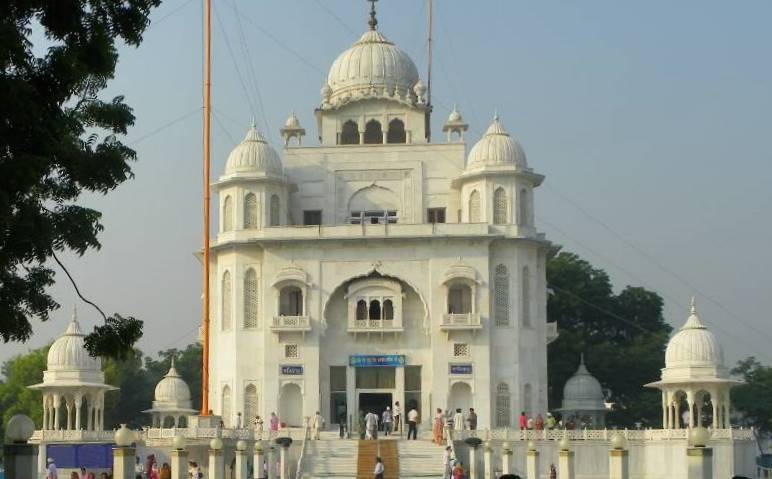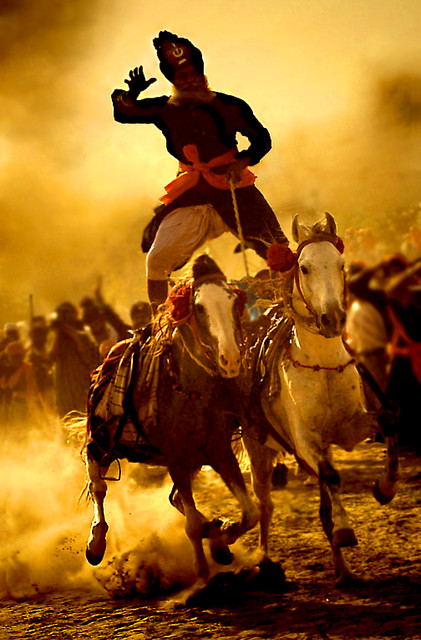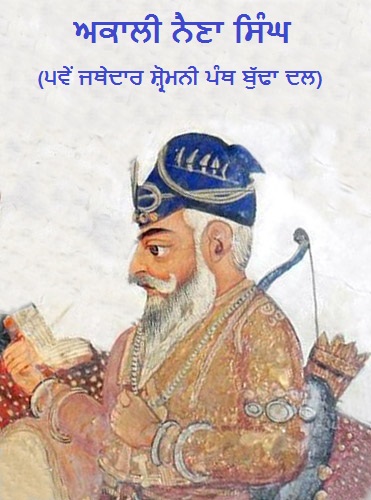Discover Sahib Ganj, a historic town in Bihar, graced by Guru Tegh Bahadur, housing sacred Sikh relics at Old Nanak Shahi Sangat. Visit now to learn more!
Explore the Rikabganj Agitation (1913-20), a pivotal Sikh protest against the British demolition of the Gurdwara Rikabganj wall in New Delhi.
Discover the intense Sikh-Muslim conflict in Punjab over the sacred Gurdwara Shahidganj site in Lahore from 1935 to 1940. Learn about its historic significance.
Discover Hola Mahalla, a lively Sikh festival following Holi, featuring martial arts displays and colorful processions at Anandpur Sahib. Celebrate heritage!
Explore Sobha Singh's inspiring art journey from Punjab's romantic lore to revered portraits of Sikh Gurus, demonstrating unparalleled mastery in oil painting.
Explore Jhatka, the Sikh practice of swift, humane animal slaughter, ensuring minimum pain. Learn its significance and historical context in Sikhism.
Learn about Naina Singh, the 18th-century Nihang warrior famed for valor & guardianship of Akali Phula Singh, a Sikh icon. Explore his lasting legacy.
Explore the heroic tales of Baba Ram Singh Bedi, a formidable Nihang warrior from Sialkot, descendant of Guru Nanak, who fought bravely against Afghan forces.












